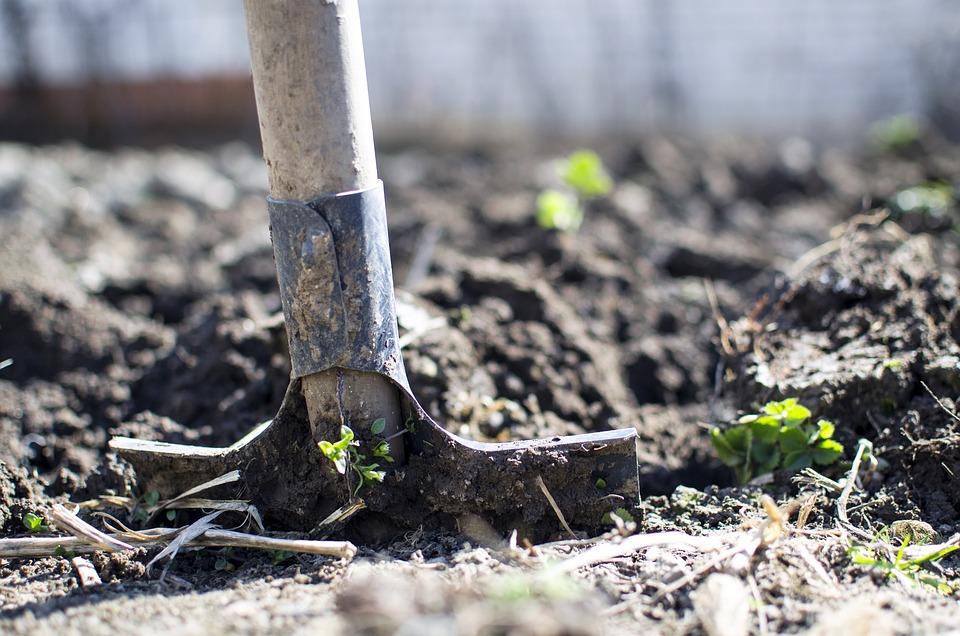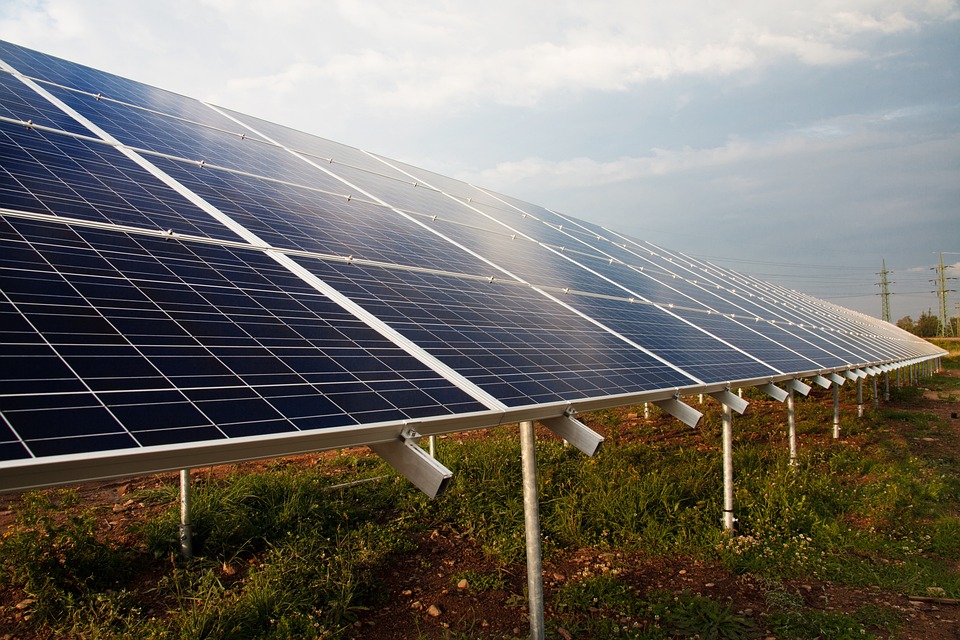Traveling Green: The Future of Sustainable Tourism
Traveling Green: The Future of Sustainable Tourism As I strolled through the lush greenery of an organic coffee farm in Costa Rica, the aroma of freshly roasted beans perfumed the air. It was a beautiful morning, and as I sipped on my ethically sourced coffee, I couldn’t help but reflect on my journey towards sustainable travel and tourism. Over the years, I have witnessed a growing movement towards responsible tourism, where travelers are not only exploring new places but also leaving a positive impact on the environment and local communities. Today, let’s delve into the exciting world of sustainable tourism and discover how it is shaping the future of travel. Sustainable tourism encompasses a broad range of practices that focus on minimizing the negative impacts of travel while maximizing the benefits for both the environment and local communities. From eco-lodges nestled deep in the Amazon rainforest to renewable energy-powered hotels in bustling cities, sustainable tourism is redefining the way we experience our planet. One of the key principles of sustainable travel is reducing our carbon footprint. The aviation industry, for example, is responsible for a significant portion of global greenhouse gas emissions. However, more and more airlines are now investing in biofuels and implementing carbon offset programs to counteract their environmental impact. So, when you book your next flight, look out for airlines that are committed to sustainability, as every little choice we make contributes to building a greener future. Choosing eco-friendly accommodations is another important aspect of sustainable travel. Instead of big chain hotels, consider staying at eco-lodges, boutique hotels, or even supporting local homestays. These accommodation options go above and beyond to minimize their environmental impact by using renewable energy sources, conserving water, and even growing their own organic produce. Not only will you experience a unique and authentic stay, but you will also contribute to the local economy and support community development. In recent years, adventure tourism has gained immense popularity among travelers seeking a thrill-packed vacation. From hiking in national parks to scuba diving in pristine coral reefs, adventure tourism allows us to connect with nature in an exhilarating way. However, it is crucial to ensure that such activities are undertaken responsibly and with utmost respect for the environment. Working with local guides and tour operators who prioritize sustainability is key. These guides will not only ensure your safety but also educate you about the local ecosystem, minimizing any negative impact caused by human activity. Another exciting trend in sustainable tourism is the rise of voluntourism. Combining the joy of traveling with the opportunity to give back to local communities, voluntourism allows travelers to engage in meaningful projects such as conservation efforts, community development programs, and wildlife protection initiatives. By immersing ourselves in local cultures and actively participating in community-based projects, we can leave a lasting positive impact while creating unforgettable memories. Now, let’s talk about dining sustainably while traveling. Exploring new cuisines is a delicious part of any journey, but it’s important to consider the environmental impact of our food choices. Opt for restaurants and eateries that support local farmers, use organic ingredients, and practice sustainable fishing methods. By doing so, you’ll not only savor the flavors of the region but also contribute to the preservation of the delicate balance of ecosystems. Pro Tips: 1. Pack a reusable water bottle and refill it whenever you can. It’s a small act that significantly reduces plastic waste. 2. Research and support local conservation initiatives or organizations working towards sustainable tourism. 3. Offset your carbon emissions by supporting certified carbon offset projects that align with your values. The future of sustainable tourism is a vibrant one, filled with endless possibilities. As more travelers recognize the importance of responsible travel, the industry continues to evolve towards a greener and more sustainable model. Through the choices we make, both individually and collectively, we have the power to protect our precious planet and create a positive impact on the communities we visit. So, let’s embrace this exciting journey towards sustainable travel. Let’s explore with open hearts, immerse ourselves in new cultures, and cherish the magnificent beauty our world has to offer. Together, we can enhance the future of tourism, leaving a trail of positivity and sustainability for generations to come. Remember, when you embark on your next adventure, be a responsible traveler, and enjoy the wonders of our planet with a green heart.










